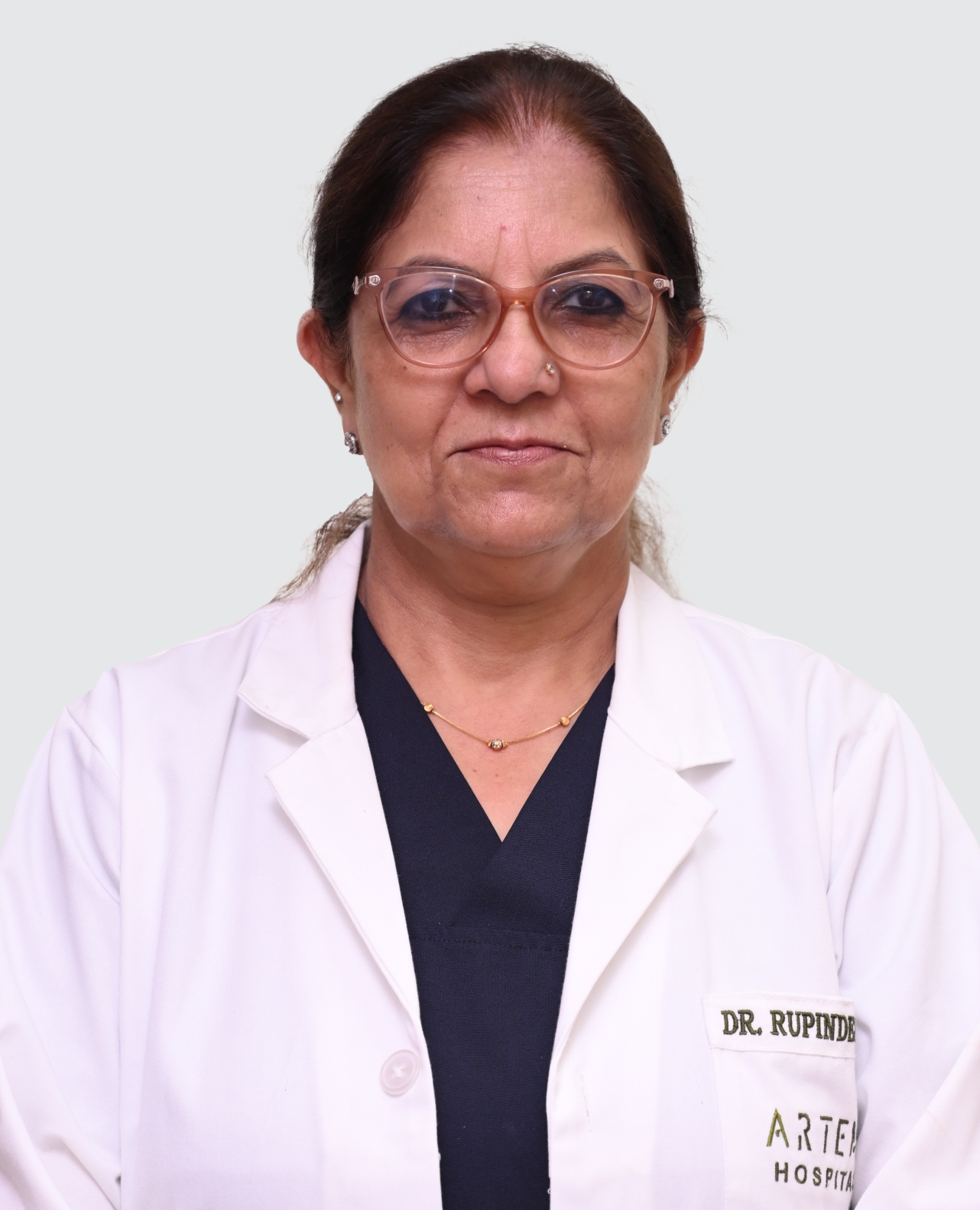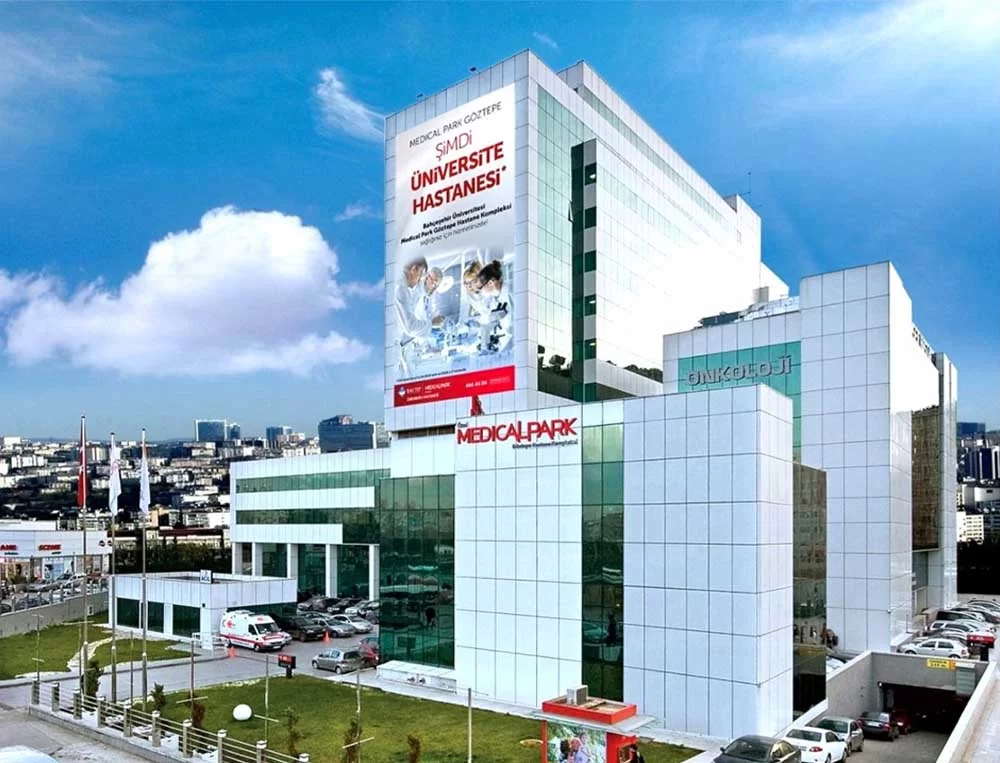Obstetrics and Gynaecology
Anterior cervical discectomy and fusion
ACDF SURGERY
Anterior cervical discectomy and fusion treatment in India provides effective care for spine issues. Access advanced medical solutions for better recovery.
What is Anterior cervical discectomy and fusion (ACDF SURGERY)?
Anterior cervical discectomy and fusion also known as ACDF is a surgical process which is used to deal with cervical region related disorders such as herniated or degenerative disc, spinal stenosis and nerve compression. The procedure is usually done when other interventions like chiropractic care or medications or joint injections have failed.
Need for Anterior cervical discectomy and fusion
Anterior Cervical Discectomy and Fusion (ACDF) is done when cervical spine (neck) is causing or about to cause pain, weakness, or neurological dysfunction, and conservative measures have not worked. Some of the conditions or situations that may necessitate ACDF surgery include:
- Herniated Cervical Disc
- Cervical Spinal Stenosis
- Degenerative Disc Disease
- Cervical Radiculopathy
- Spondylosis or Cervical Osteoarthritis
- Trauma or Injury
- Spinal Instability
Symptoms Leading to Anterior cervical discectomy and fusion
Some of the signs that may warrant ACDF are those arising from nerve root compromise, spinal segment laxity or end-stage cervical disc disorder. These symptoms are therefore associated with conditions such as slipped discs, osteo arthritis of the spine, cervical spondylosis or a spinal injury. Below are the key symptoms that may indicate the need for ACDF surgery:
- Neck Pain
- Radicular Pain
- Numbness or Tingling
- Weakness in the Arms or Hands
- Loss of Reflexes
- Spinal Cord Compression
- Headaches
- Cervical Stiffness
- Spinal Instability
- Failure of Conservative Treatments
Risk Factors of Anterior cervical discectomy and fusion
As is with most operations, Anterior Cervical Discectomy and Fusion (ACDF) has its share of drawbacks and adverse effects. However, it is agreed by the large majority that it is safe and effective, knowing the following factors might make a positive choice. Below are the main risk factors associated with ACDF:
- Infection
- Bleeding or Haematoma
- Nerve Damage
- Dural Tear
- Throat Swelling or Difficulty Swallowing
- Hoarseness or Voice Change
- Implant Failure
- Blood Clots
- Persistent Pain
- Spinal Cord Injury
- Esophageal Injury
- Vascular Injury
Facilities and Services offered to International patients for Anterior cervical discectomy and fusion
ACDF for international patients, various surgical facilities and services can be easily found to guarantee comfortable anti-stress treatment. These offerings typically include:
- Advanced Surgical Techniques
- Experienced Surgical Teams
- Travel and Accommodation Support
- Visa Assistance
- Language Support
- Transparent Pricing
- Follow-up Care
ACDF Surgical Procedure
Anterior Cervical Discectomy and Fusion (ACDF) is an operation that is done in treating problems like disc herniation, cervical stenosis or any other clinical situation that may result in nerve or spinal cord compression in cervical region. Below is a step-by-step outline of the procedure:
Preoperative Preparation
- Anaesthesia: The patient is administered general anaesthesia and this makes sure that the patient is not conscious and in any case feels pain during the entire process.
- Positioning: The patient lies in their back, but the anatomic landmarks that reference the cervical spine are slightly extended.
- Skin Preparation: The operative field is prepared by washing and also decontaminated.
Incision
- The operation undertaken involves a small, horizontal incision in the neck area, normally along the skin crease.
- Muscles, blood vessels and other tissues are then cleared by the surgeon in order to make the cervical spine visible.
Removal of the Damaged Disc
- Employing a microscope or sophisticated apparatus, the surgeon locates and excises the affected disc which may be herniated.
- The bony outgrowths or osteophytes that aggravate nerve or spinal cord compression are also trimmed off.
Preparation for Fusion
-
The area of the disc removed is made ready to receive a bone graft or an artificial implant. This ensures healthy disc height and the positioning of spinal vertebrae in correct stages with minimal destruction.
Bone Graft Placement
Bone Graft Options:
- Autograft: The kind of bone graft which involves harvest from the patient’s own body such as from the hip.
- Allograft: Bone from a donor.
- Synthetic Materials: Chemical bone scaffolds or cages stuffed with breast like contents.
- The blank is then implanted to this empty disc space in an aim to allow fusion and stability.
Stabilization with Hardware
- As an x-ray to confirm the graft fusion, a small metal plate is threaded into the vertebrae to hold the vertebrae in correct alignment while the bone graft integrated to gain strength.
- This immobilises the spine and allows for non-movement of the area that has been operated on.
Closure
- The surgeon displaces the underlying tissues and muscles but makes sure there is no harm to any of them.
- The wound is then sutured shut or compressed with surgical adhesive and then a sterile bandage put on.
Postoperative Monitoring
- The patient is then transferred to the recovery area to be closely observed as they wake from the anaesthetic effect.
- The measurements of pulse rates, blood pressures, and other physiological monitoring are done then a pain control plan is started.
Recovery and Follow-up
- Patients are usually discharged after 24–48 hours; nevertheless, the time frame might be longer depending on the patients’ health and the invasiveness of the surgery.
- This might be and need for physical therapy in order to increase flexibility and muscle strength.
- Complete (osseous) union may occur between 6 and 12 months, while the patient can return to normal non-strenuous occupations in several weeks.
Success Rate of Anterior cervical discectomy with fusion
ACDF surgery can alleviate the pain symptoms and bring impressive improvement, during which the success rate of alleviating neck and arm pain ranges between 85% and 95%. It also has above average bone fusion rate, though not as high when it comes to multiple level surgeries.
ACDF Surgery for young adults
Young adults with certain cervical spine disorders including disc herniation, cervical stenosis or trauma may benefit from surgery recommended and entitled as Anterior Cervical Discectomy and Fusion (ACDF for young adults). Being a young adulthood age bracket, they are less predisposed to degenerative spine conditions compared to older individuals, but there are circumstances that make them eligible for ACDF.
Best Hospitals for Anterior cervical discectomy and fusion
- Artemis Hospital, Gurgaon
- Medanta-The Medicity, Gurgaon
- Fortis Memorial Research Institute, Gurgaon
- Max Hospital, Saket
- BLK-Max Super Speciality Hospital, New Delhi
Best Doctors for Anterior cervical discectomy and fusion
- Dr. Aditya Gupta
- Dr. Vineesh Mathur
- Dr. Rana Patir
- Dr. (Col) Joy Dev Mukherji
- Dr. Puneet Girdhar
Why Choose GetWellGo for Anterior cervical discectomy and fusion?
Choosing GetWellGo for your Anterior Cervical Discectomy and Fusion (ACDF) surgery offers several advantages that ensure a comprehensive and patient-centered experience:
- Highly Skilled Neurosurgeons
- Advanced Diagnostic Tools
- Cutting-edge Technology
- Travel Arrangements
- Visa Documentation
- Accommodation Bookings
- Multilingual Staff
- Transparent Pricing
TREATMENT-RELATED QUESTIONS
GetWellGo will provide you end-to-end guidance and assistance and that will include finding relevant and the best doctors for you in India.
A relationship manager from GetWellGo will be assigned to you who will prepare your case, share with multiple doctors and hospitals and get back to you with a treatment plan, cost of treatment and other useful information. The relationship manager will take care of all details related to your visit and successful return & recovery.
Yes, if you wish GetWellGo can assist you in getting your appointments fixed with multiple doctors and hospitals, which will assist you in getting the second opinion and will help you in cost comparison as well.
Yes, our professional medical team will help you in getting the estimated cost for the treatment. The cost as you may be aware depends on the medical condition, the choice of treatment, the type of room opted for etc. All your medical history and essential treatment details would be analyzed by the team of experts in the hospitals. They will also provide you with the various types of rooms/accommodation packages available and you have to make the selection. Charges are likely to vary by the type of room you take.
You have to check with your health insurance provider for the details.
The price that you get from GetWellGo is directly from the hospital, it is also discounted and lowest possible in most cases. We help you in getting the best price possible.
No, we don't charge patients for any service or convenience fee. All healthcare services GetWellGo provide are free of cost.
Top Doctors for Obstetrics and Gynaecology
Top Hospitals for Obstetrics and Gynaecology
Contact Us Now!
Fill the form below to get in touch with our experts.

.png)





